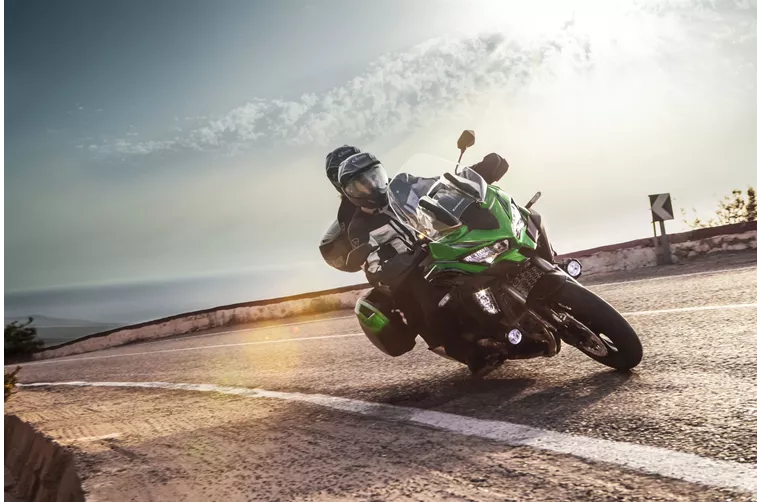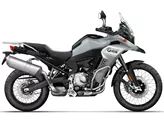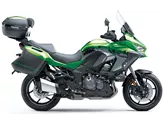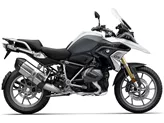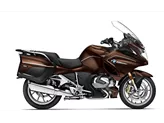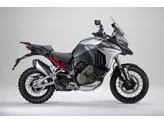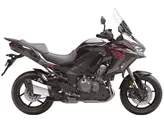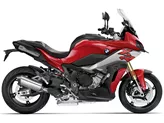BMW R 1200 GS 2015 vs. Kawasaki Versys 1000 SE 2021

BMW R 1200 GS 2015
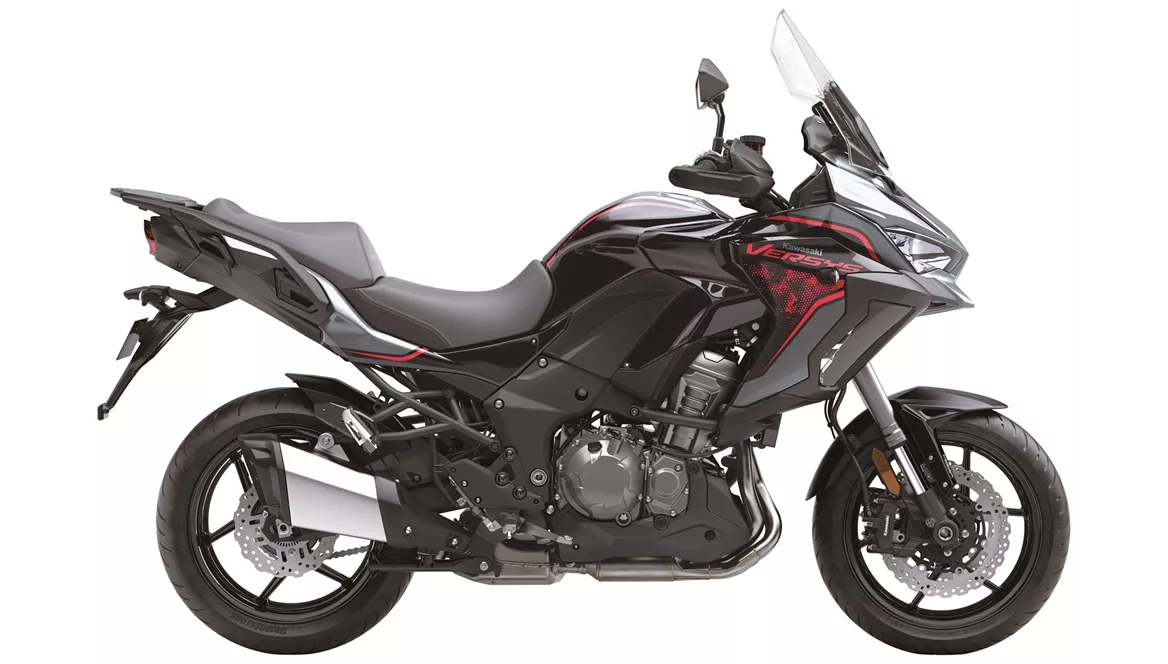
Kawasaki Versys 1000 SE 2021
Overview - BMW R 1200 GS 2015 vs Kawasaki Versys 1000 SE 2021
The BMW R 1200 GS 2015 and the Kawasaki Versys 1000 SE 2021 are both enduro motorcycles that offer a range of features and capabilities.
Starting with the engine and drive train, the BMW R 1200 GS 2015 is equipped with a Boxer engine with a bore of 101 mm and a stroke of 73 mm. It produces 125 HP of power and 125 Nm of torque. The transmission is a prop shaft, and it has 2 cylinders with a displacement of 1170 ccm. On the other hand, the Kawasaki Versys 1000 SE 2021 features an in-line four-cylinder engine with a bore of 77 mm and a stroke of 56 mm. It generates 120 HP of power and 102 Nm of torque. The transmission is a chain, and it has 4 cylinders with a displacement of 1043 ccm.
In terms of suspension, the BMW R 1200 GS 2015 has a front suspension with a strut design and preload adjustment, while the rear suspension is a single swing arm with preload adjustment. The Kawasaki Versys 1000 SE 2021, on the other hand, features an upside-down telescopic fork front suspension with compression, preload, and rebound adjustment, and a swing arm rear suspension with compression, preload, and rebound adjustment.

BMW R 1200 GS 2015
The chassis of the BMW R 1200 GS 2015 is made of steel, while the Kawasaki Versys 1000 SE 2021 features an aluminum frame.
When it comes to brakes, both motorcycles have double disk brakes at the front.
In terms of dimensions and weights, the BMW R 1200 GS 2015 has a front tire diameter of 19 inches, a rear tire width of 170 mm, and a rear tire diameter of 17 inches. It has a wheelbase of 1507 mm, a seat height of 850 mm, a kerb weight (with ABS) of 238 kg, and a fuel tank capacity of 20 liters. On the other hand, the Kawasaki Versys 1000 SE 2021 has a front tire diameter of 17 inches, a rear tire width of 180 mm, and a rear tire diameter of 17 inches. It has a wheelbase of 1520 mm, a seat height of 840 mm, a kerb weight (with ABS) of 257 kg, and a fuel tank capacity of 21 liters.

Kawasaki Versys 1000 SE 2021
In terms of strengths, the BMW R 1200 GS 2015 is known for its powerful engine, low fuel consumption, comfortable seating position, and its ability to be used off-road. It also has a high reputation in the motorcycle community. On the other hand, the Kawasaki Versys 1000 SE 2021 offers a very comfortable seating position, a cultivated in-line four-cylinder engine, a full electronics package, an adjustable windshield, superb electronically adjustable Showa suspension, a well-controlled braking system, and a distinctive look.
However, the BMW R 1200 GS 2015 does have some weaknesses. It has a long and expensive surcharge side, and the Telelever front suspension may take some getting used to. Additionally, the brakes on the BMW R 1200 GS 2015 are known to be very sharp. On the other hand, the Kawasaki Versys 1000 SE 2021 has a weakness in that its windshield is not adjustable with one hand.
In conclusion, both the BMW R 1200 GS 2015 and the Kawasaki Versys 1000 SE 2021 offer their own set of strengths and weaknesses. It ultimately comes down to personal preference and the specific needs of the rider.
Technical Specifications BMW R 1200 GS 2015 compared to Kawasaki Versys 1000 SE 2021
Pros and Cons in comparison
Pros and Cons in comparison
BMW R 1200 GS 2015

A GS is at home almost anywhere - but only to a limited extent on the racetrack. It's a pleasure to feel the power of the partially water-cooled boxer twin cylinder on the exit of the bend - 125 hp only seems much weaker on paper than 150 or even 160 hp on the competition. With 125 Newton metres of torque, the acceleration from the bottom is superb anyway and the GS, at 238 kilos ready to ride, does not carry too much flab despite its bulky appearance. In very tight corners, the low centre of gravity also has a positive effect - the BMW R 1200 GS is very hard to crack! Even the front telelever suspension, which suppresses the front wheel's tendency to sink in when braking, fits perfectly into the overall package on the GS and can only slightly detract from its sporty character.
Kawasaki Versys 1000 SE 2021
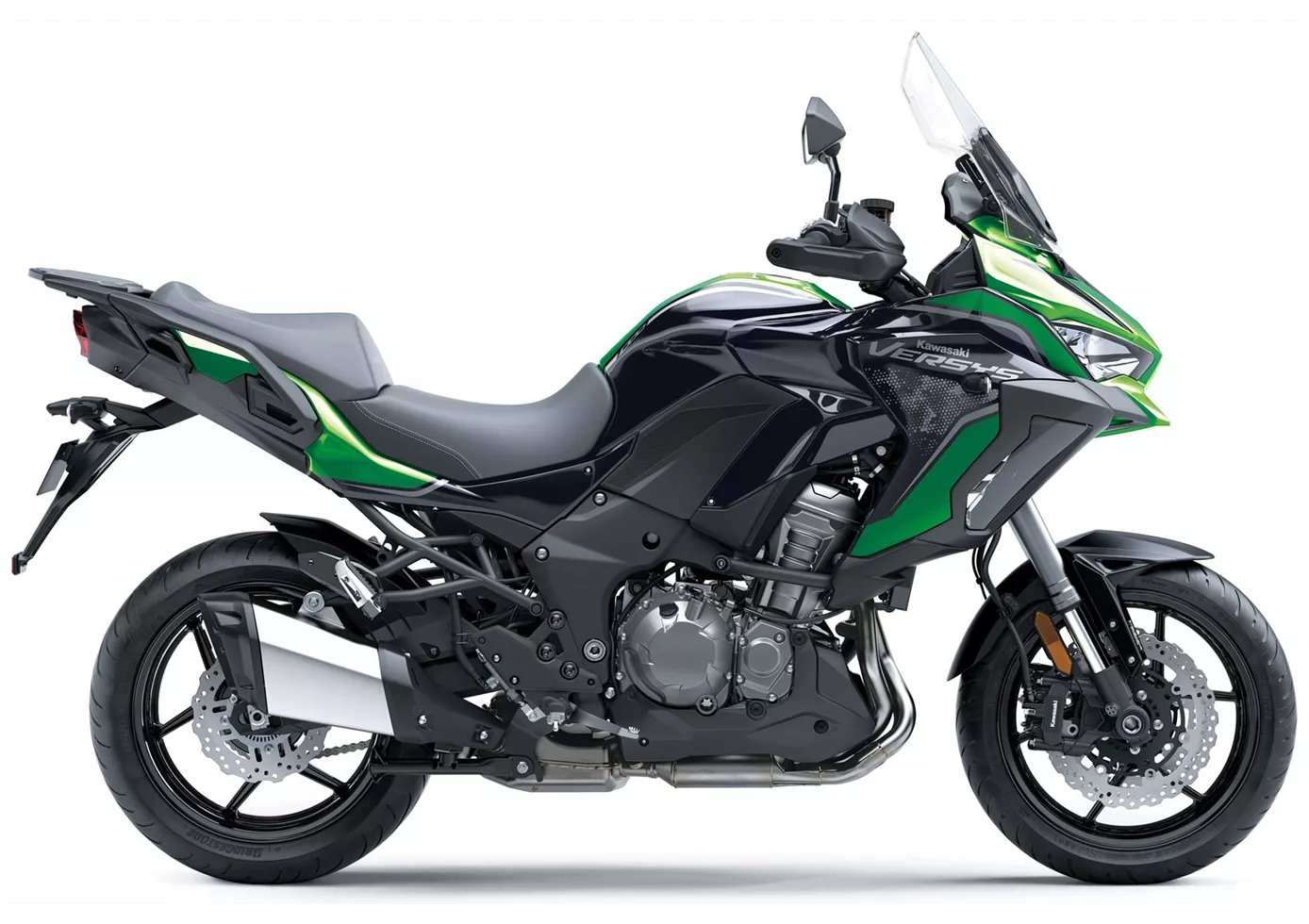
The Kawasaki Versys 1000 SE is more than equipped for the big journey: The many features pull together, because everything good about the SE is aimed at comfort and safety. Whether it's the semi-active electronic Skyhook suspension from Showa, the KIBS cornering ABS, the Kawasaki Cornering Management Function (KMCF), the cornering lights or the easy-to-read TFT colour display, the electronics leave nothing to be desired. Coupled with the comfortable seating position and the high, adjustable windshield, long stages are a pleasure. The engine is certainly not the most powerful, the weight certainly not the lowest, but overall the Versys 1000 SE is an optimal touring motorbike.
Price Comparison Avarage Market Price BMW R 1200 GS vs Kawasaki Versys 1000 SE
There are a few key differences between a BMW R 1200 GS 2015 and a Kawasaki Versys 1000 SE 2021. There are the same number of bikes of both models available on the 1000PS.de marketplace, specifically 47. It takes less time to sell a BMW R 1200 GS with 66 days compared to 86 days for a Kawasaki Versys 1000 SE. Since model year 2005 1000PS.de editors have written 98 reviews for the BMW R 1200 GS and 12 reviews for the Kawasaki Versys 1000 SE since model year 2019. The first review for the BMW R 1200 GS was published on 20/01/2004 and now has more than 19,100 views. This compares to more than 25,500 views for the first review on Kawasaki Versys 1000 SE published on 06/11/2018.

